Widening gap between pump price and crude oil price / import price
The Consumer Council has always been concerned and monitoring the impact of local auto-fuel prices on consumers. After reviewing the data over the past 7 years from 2013 to Q1 2020, we have observed the following:
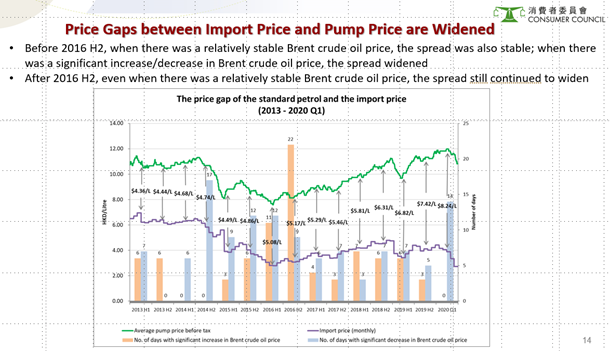
Average pump price vs. Brent crude oil price: the highest and lowest monthly price gap has widened by 85.2%
Average pump price vs. import price: the highest and lowest monthly price gap has been increased by 107.9%
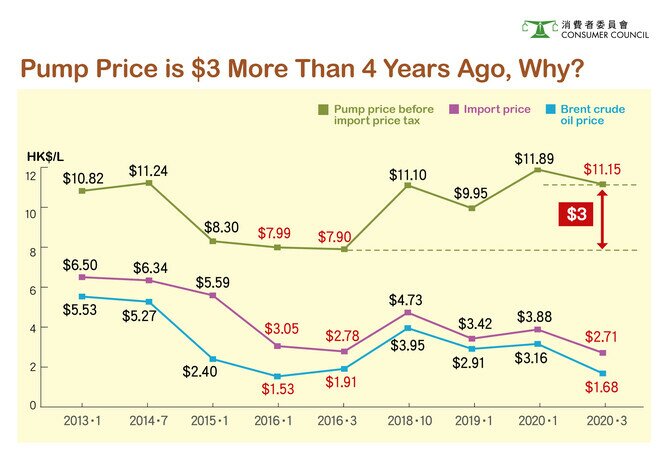
In the past 7 years, the gaps between the pump price and both of Brent crude oil and import prices have widened. For example in March 2020, although Brent crude oil price and import price returned to the same price level in Q1 2016, and with the same auto-fuel tax and stable auto-fuel demand, the pump price still increased by more than HK$3 per litre.
Any sign of “Quick Going Up, Slow Coming Down”?
The Government has been emphasizing that it has urged oil companies to reduce their retail prices as soon as international oil prices fall. According to the data collected, we can see that from January to April 2020, oil companies had decreased auto-fuel prices for 11-13 times. During this period, international oil prices had significant fluctuation since March, and oil companies did adjust their prices more frequently than before (in total 7-9 times), the "Quick Going Up, Slow Coming Down" phenomenon did not appear to exist during this period.
A clear sign of “More Going Up, Less Coming Down ”
Using the data from 2013 to Q1 2020, we have compared the cumulative change in pump price and the cumulative changes in Brent crude oil price and import price over the 7-year period, and found that:
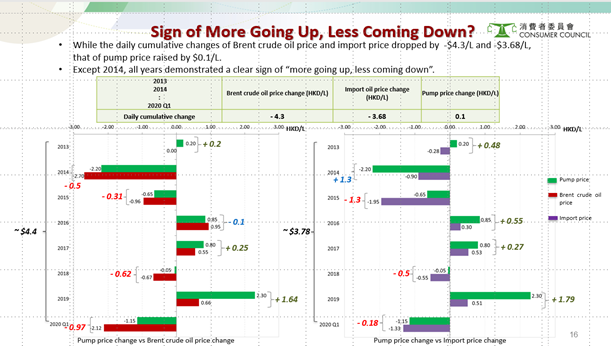
- Cumulative changes in pump price vs Brent crude oil price: during price drop, the reduction in pump price per litre was $2.4 “less”; and during price hike, the rise in pump price was $1.99 “more”
- Cumulative changes in pump price vs import price: during price drop, the reduction in pump price per litre was $0.68 “less”; and during price hike, the rise in pump price was $3.09 “more”
According to the data, except for 2014, sign of “More Going Up, Less Coming Down" in pump price was observed over the 7 years.
High conformity in pump price across oil companies
Looking at the database again, in the past 7 years, percentage of days that all the 5 oil companies having the same pump price was generally on an upward trend and had reached a historical high of 92.3% in Q1 2020.
Is auto-fuel really so expensive?
Even that the international crude oil prices remain depressed and there are Government’s efforts in promoting competition, such as changing the tendering system of petrol filling station (PFS) sites in 2003 to make it easier for new entrants to scale up their operation more quickly, why then the pump prices in Hong Kong have not dropped accordingly, but instead have edged up conversely? According to the oil companies, the 2 major reasons are as follows:
•Other operating costs: Import price is only one of the factors in determining the retail price. Other costs / expenses such as discounts, insurance, land costs, government rates, transportation, and inflation, etc., have yet to be reflected. Therefore, the range of pump price adjustment may not necessarily follow closely with the changes in international crude oil prices. Some companies specifically pointed out that the rise in the bid price of PFS sites in recent years has increased the operating costs of PFSs;
•Lack of local oil refinery facilities: All auto-fuel products sold in Hong Kong are imported as refined products, not crude oil. Crude oil and refined products (such as unleaded gasoline and auto-fuel diesel etc.) are very much different. Therefore, changes in international crude oil prices and local auto-fuel prices may not necessarily be in tandem.
But here comes the dubiety…...
From public records, we observed that the bid prices of PFS sites have indeed risen considerably in the past 10+ years. However, these tender bids have been mainly won by the 2 new entrants. As such if land cost is a key cost component, the operating costs of different oil companies should, in theory, be different. That’s why one would be puzzled as to why there has been a high degree of conformity in the pump prices across different oil companies in Hong Kong…...
Transparency is the key
Unfortunately, due to the lack of transparency in the current auto-fuel market, the Consumer Council finds it difficult to examine if the level of gross margin is reasonable. In this connection, the Consumer Council urges the Government to increase the transparency of information disclosure, including more frequent release of import price data and price trend analysis, as well as reports on cost structure, so that consumers can better understand and monitor auto-fuel price fluctuations.
Smart tips
If you want to keep up with the oil (auto-fuel) price anytime and anywhere, you can use the
“Oil Price Watch” website and smartphone application developed by the Consumer Council. Simply enter the estimated volume and auto-fuel type, it will help you to find out which oil company would offer better cost-saving and discounts / promotional offers, thus helping consumers in making a smart choice!





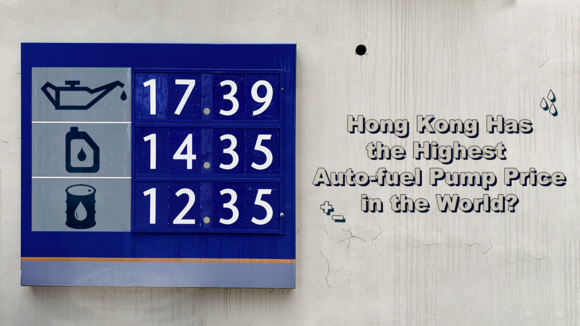


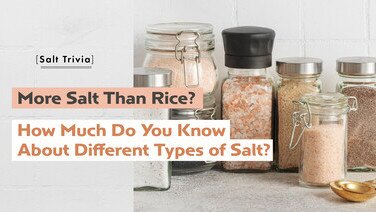


![[Handwashing Cold Knowledge] Debunking 4 common handwashing myths](/f/guide_detail/409326/376c212/43_4%E5%80%8B%E6%B4%97%E6%89%8B%E5%B8%B8%E8%A6%8B%E8%BF%B7%E6%80%9D_Eng.jpg)


